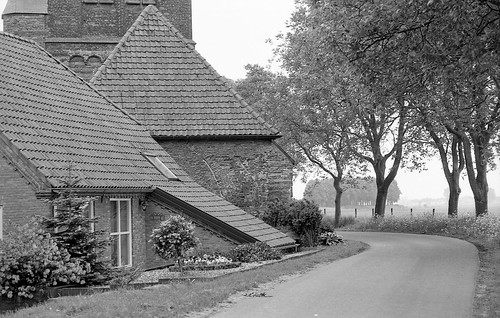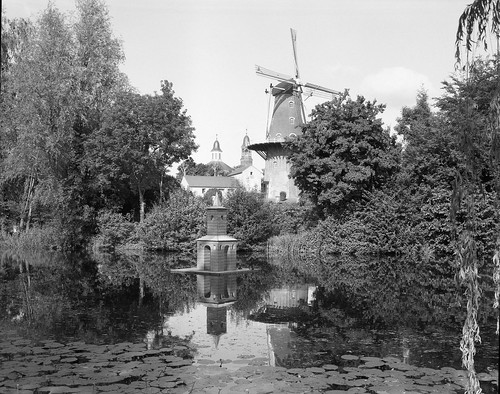Thomas78
Well-known
Hello,
I just recently started developing my own b&w film.
Up to now I have worked with Ilford Ilfotec DD-X as developer, Iford Ilfostop and Ifotec Rapid Fixer.
I think it is a good developer for the Ilford Delta series and (hopefully) also for HP5.
But would it be also a good and flexible developer vor Tri-X (in the iso range of 100 - 1600) and/or Efke R100 (in the iso range of 100 - 400) or should I look for a different developer for that films ?
Could I use the stop and fixing bath form Ilford together with the other developers ?
Thanks,
Thomas
I just recently started developing my own b&w film.
Up to now I have worked with Ilford Ilfotec DD-X as developer, Iford Ilfostop and Ifotec Rapid Fixer.
I think it is a good developer for the Ilford Delta series and (hopefully) also for HP5.
But would it be also a good and flexible developer vor Tri-X (in the iso range of 100 - 1600) and/or Efke R100 (in the iso range of 100 - 400) or should I look for a different developer for that films ?
Could I use the stop and fixing bath form Ilford together with the other developers ?
Thanks,
Thomas
Last edited:



